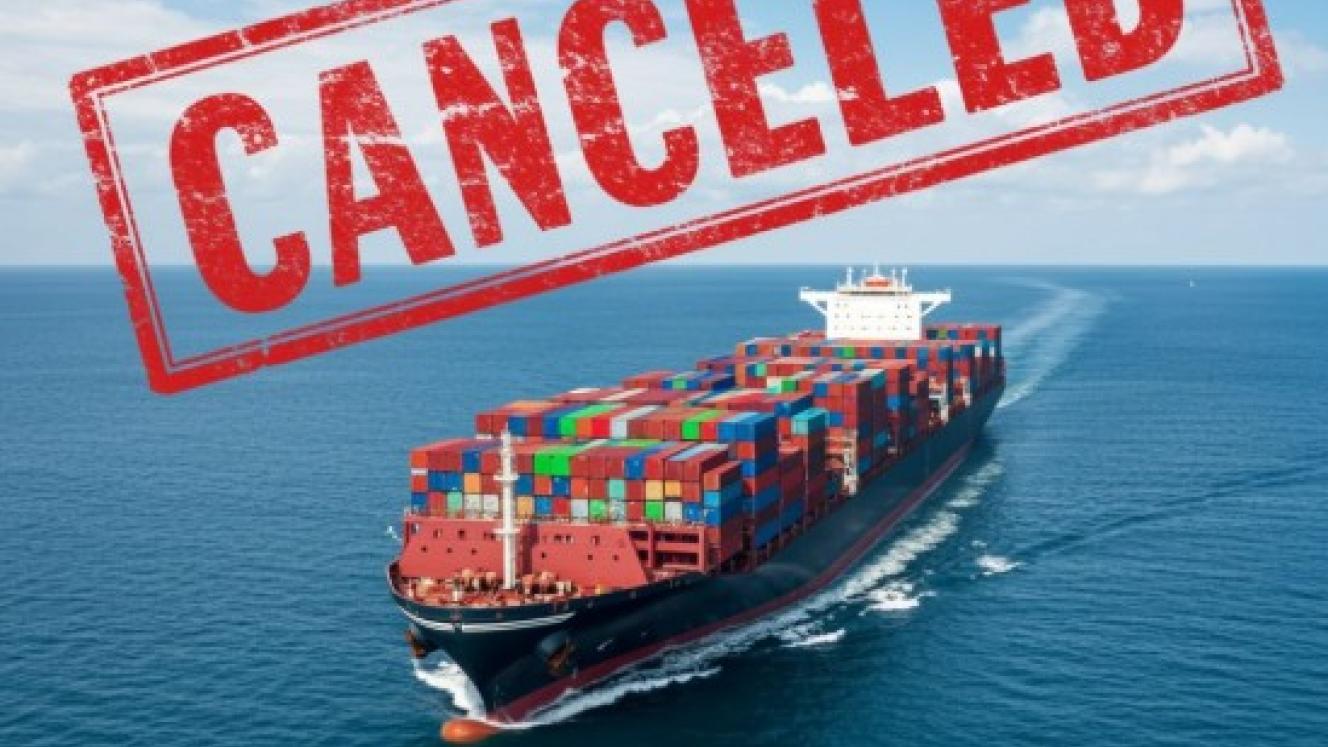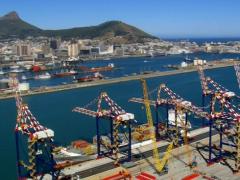The Pacific liner trade has launched an aggressive effort to counter plummeting rates to support waning demand and stop shrinking profit margins.
Ocean cargo data for the global benchmark trades indicate that 71 sailings from the United States to China have been cancelled so far this month, while 67 were cancelled in the opposite direction.
In September, the Shanghai Containerised Freight Index recorded its steepest decline in spot rates since the Covid pandemic, falling by US$734 per forty-foot equivalent unit, while the FEU rate to the US East Coast decreased by US$750 compared with the previous week.
According to Lars Jensen of sea intelligence consultancy Vespucci Maritime, there has been a sharp decline of 31% to the West Coast and 23% to the East Coast, effectively erasing the gains observed in recent weeks.
Asia Shipping Media reported on Tuesday morning that the current level of capacity withdrawal “eclipses Covid-era records”.
Bart De Muynck, a leading industry analyst lead curator at Better Supply Chains, said carriers were cancelling sailings at an intensity not seen since the early pandemic period.
This time around, however, the strategy was less about responding to a crisis and more about maintaining rate stability in a tariff-distorted market.
Year-to-date (y-t-d) cancellations are surging on all major US-linked routes, rising by 75% between the US West Coast and Southeast Asia, for example.
Imports from China have fallen for five consecutive months, and exports for nine. US-China trade has shifted dramatically since Donald Trump returned to power.
Y-t-d imports are down 27% compared with the same period last year, while exports have dropped by 42%.
Carriers are responding using the one mechanism still under their control – capacity. Cancelling sailings has become the preferred tool to support rates as tariff-driven volatility disrupts schedules and weakens demand.
Despite the scale of the upheaval, sourcing patterns remain surprisingly static. Most shippers have not yet relocated production from China in any significant way, instead adjusting shipment timings to weather tariff spikes.
Linerlytica observed this week that carriers faced an uphill struggle in their latest attempt to restore rates. The consultancy reported that freight rates from the Far East remained under pressure owing to slower market activity during China’s Golden Week holidays.
It also noted that, although carriers were pushing for October 15 rate increases aimed at reversing the recent slump, the reinstatement of most regular services following the Golden Week cancellations was offering little support for the rate recovery.
Jefferies, an investment bank, recently warned that weak spot rates threatened 2026 contract negotiations, noting that freight rates had fallen below leading cost operators’ breakeven levels for the first time since late 2023.













